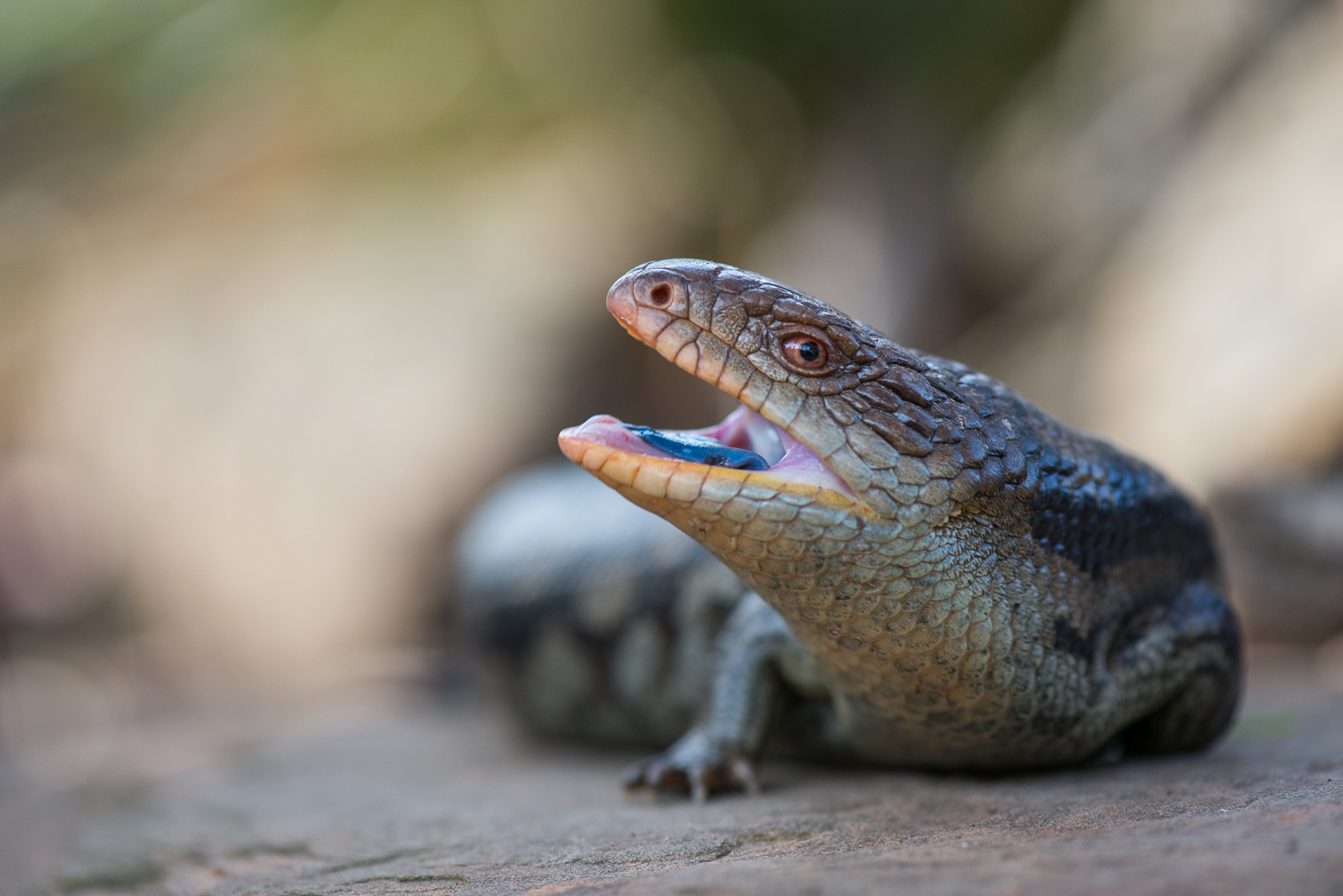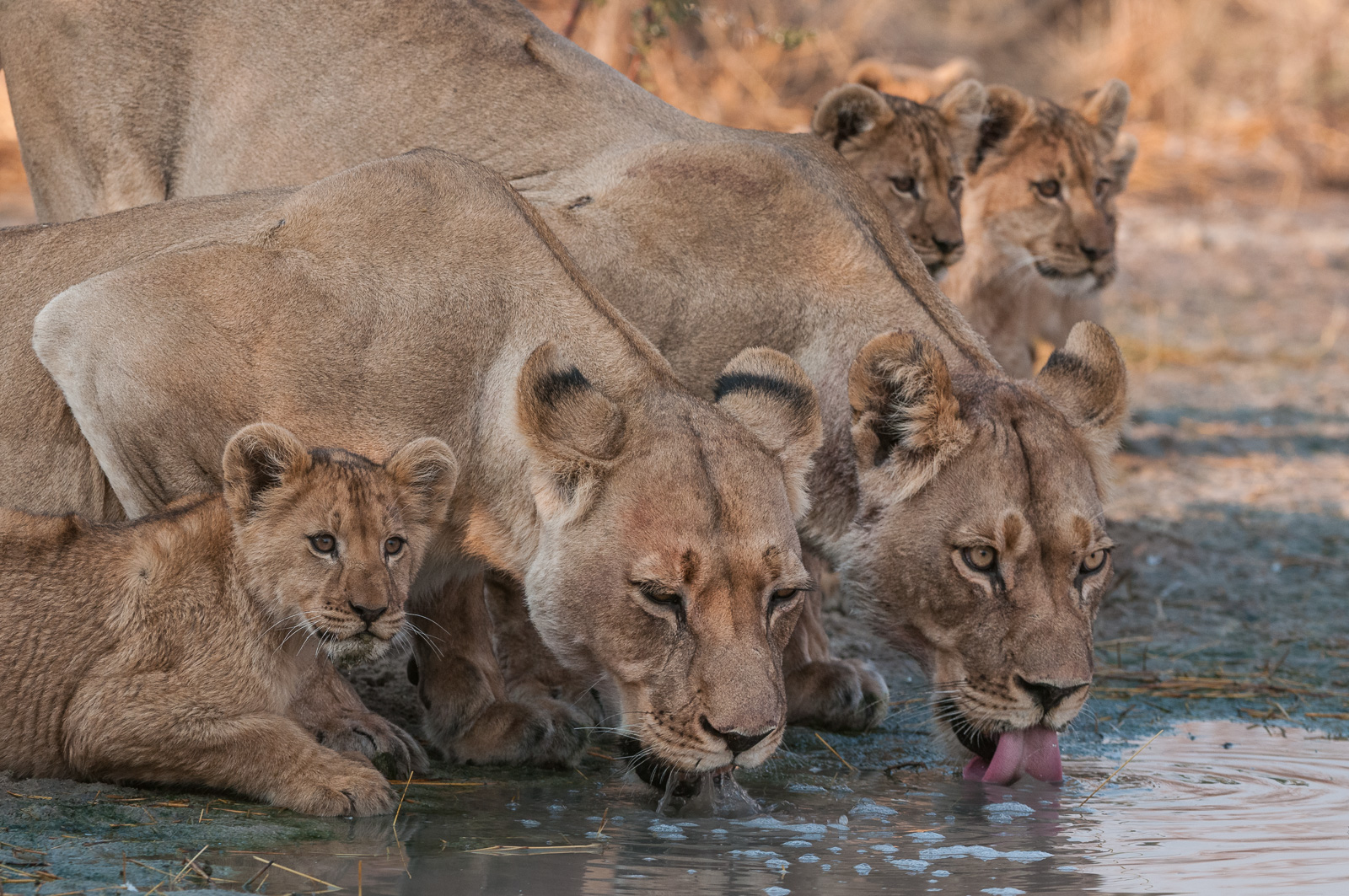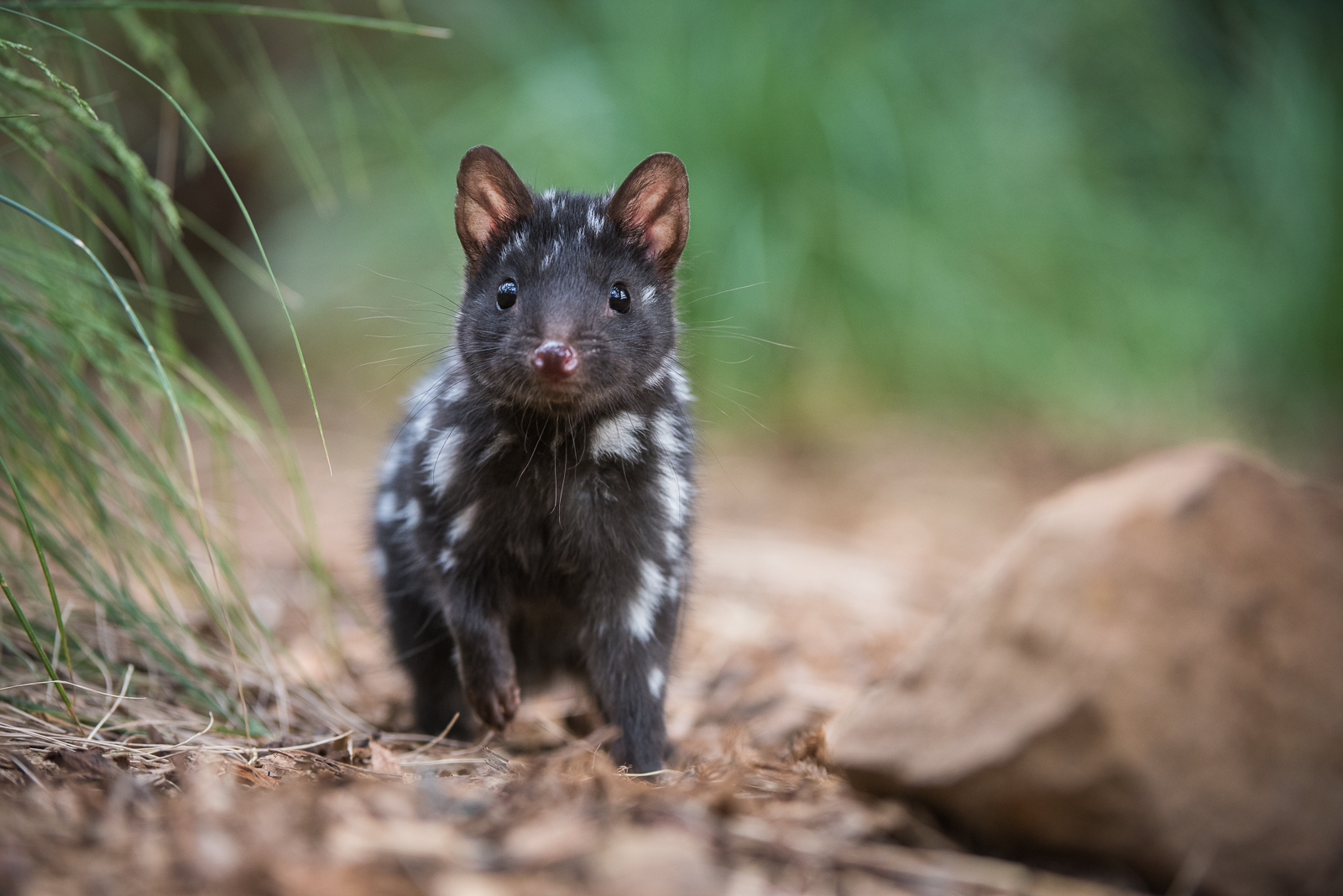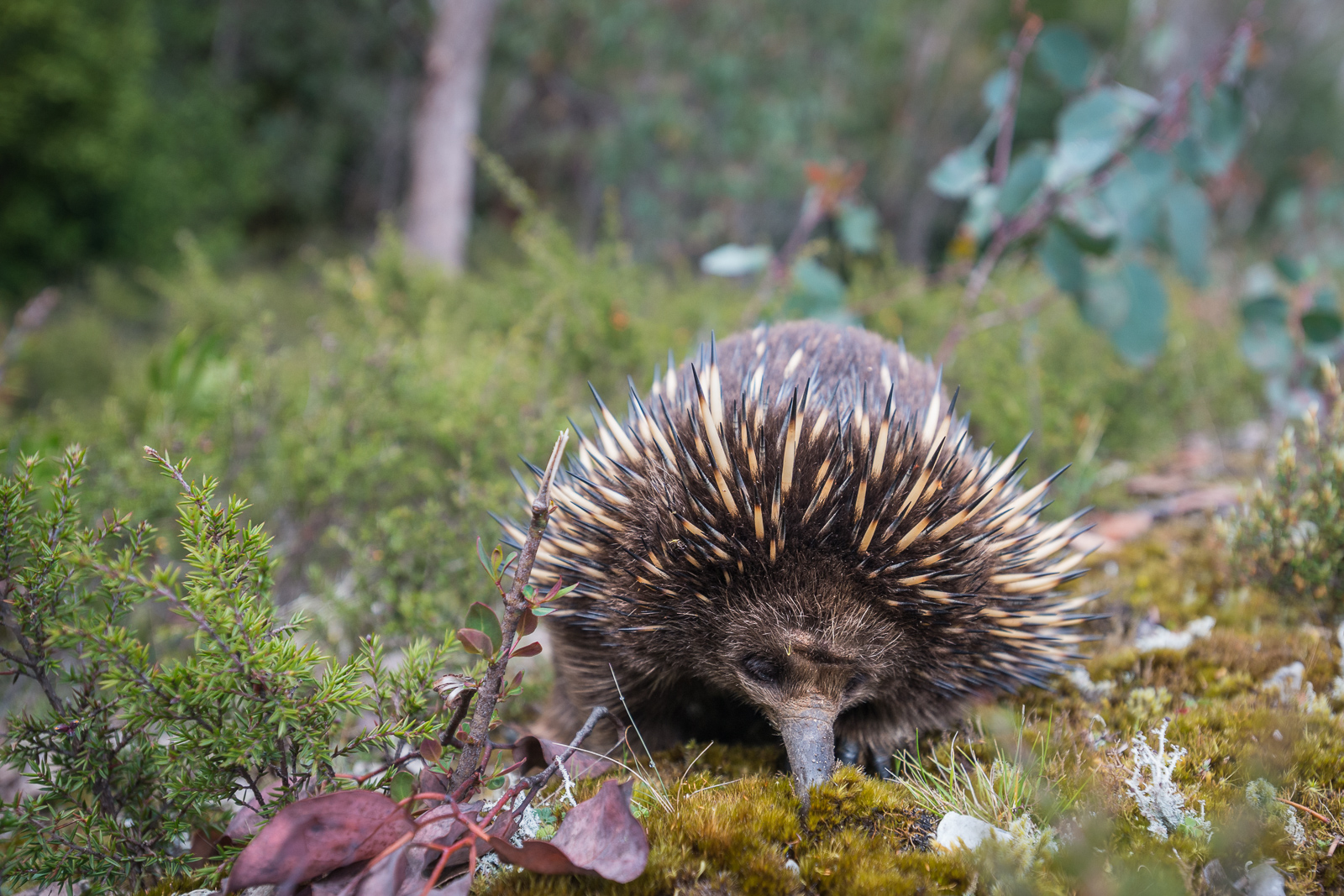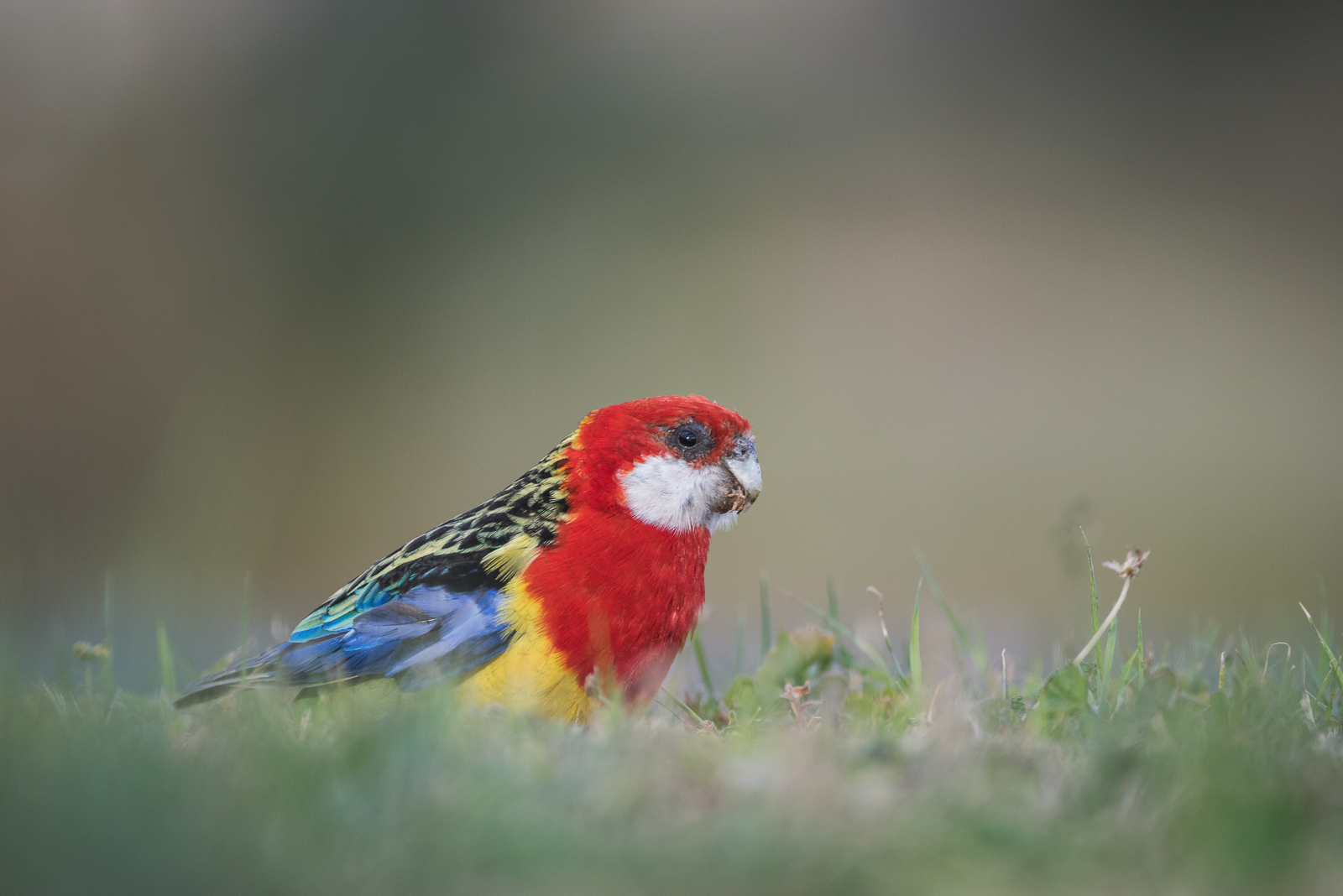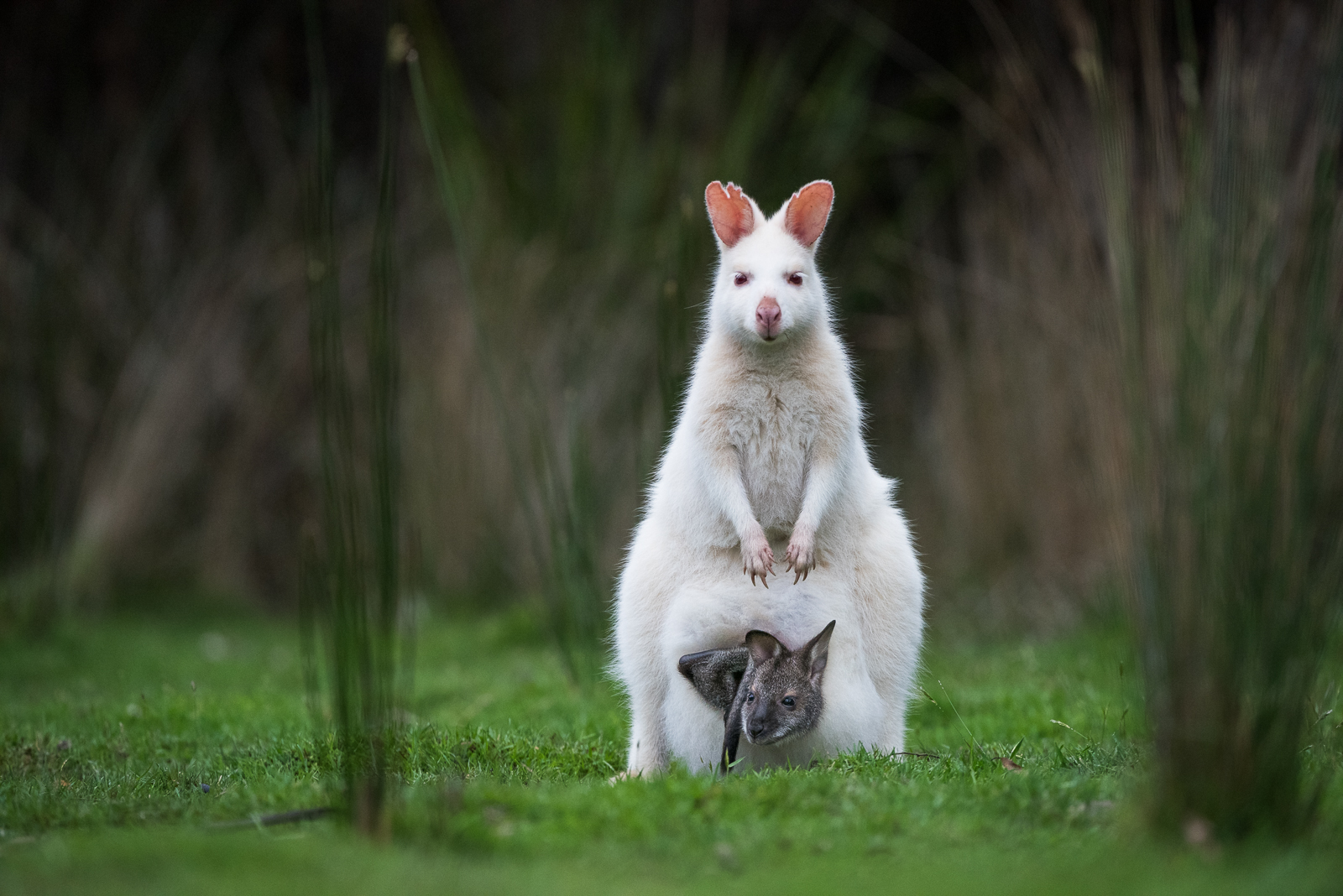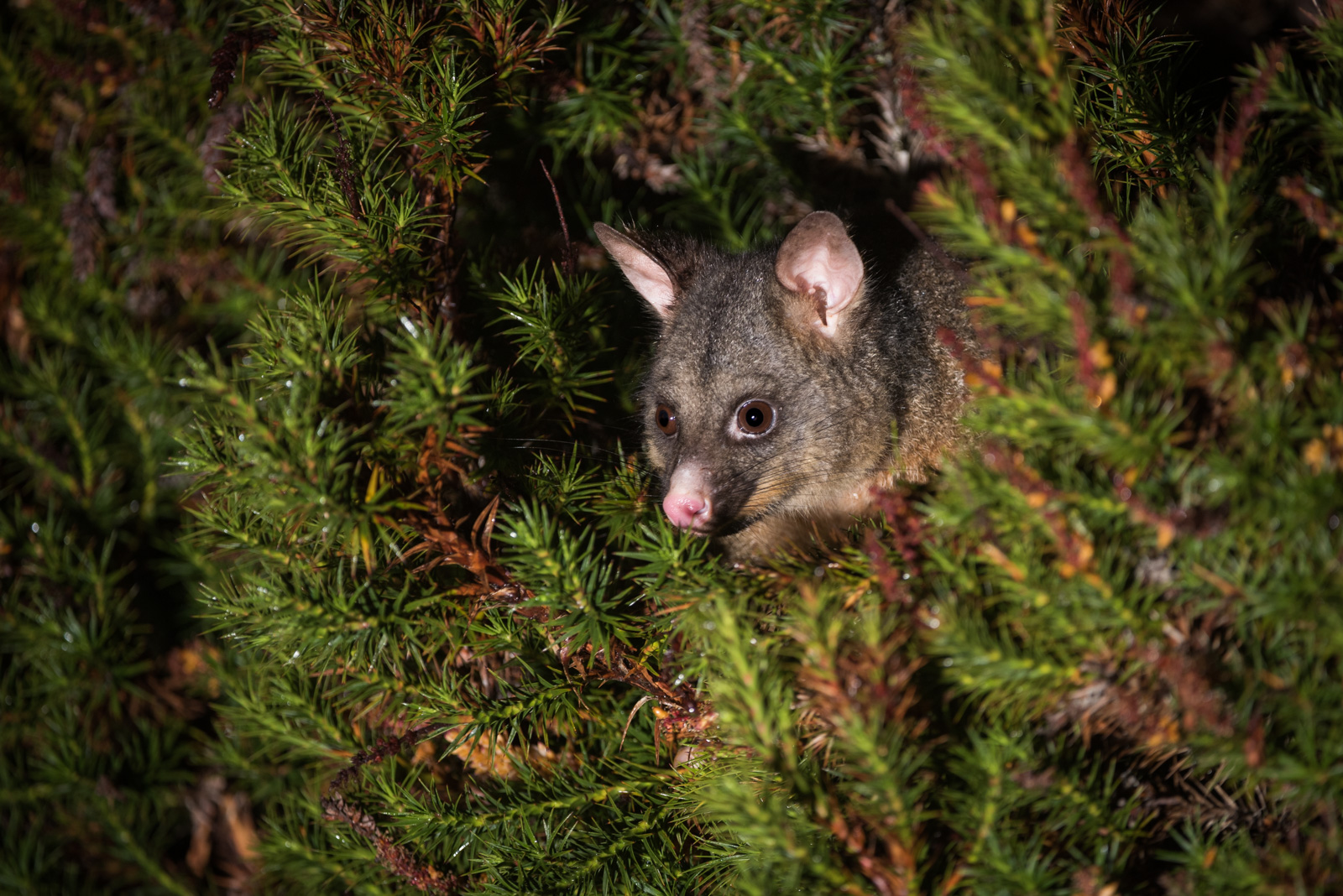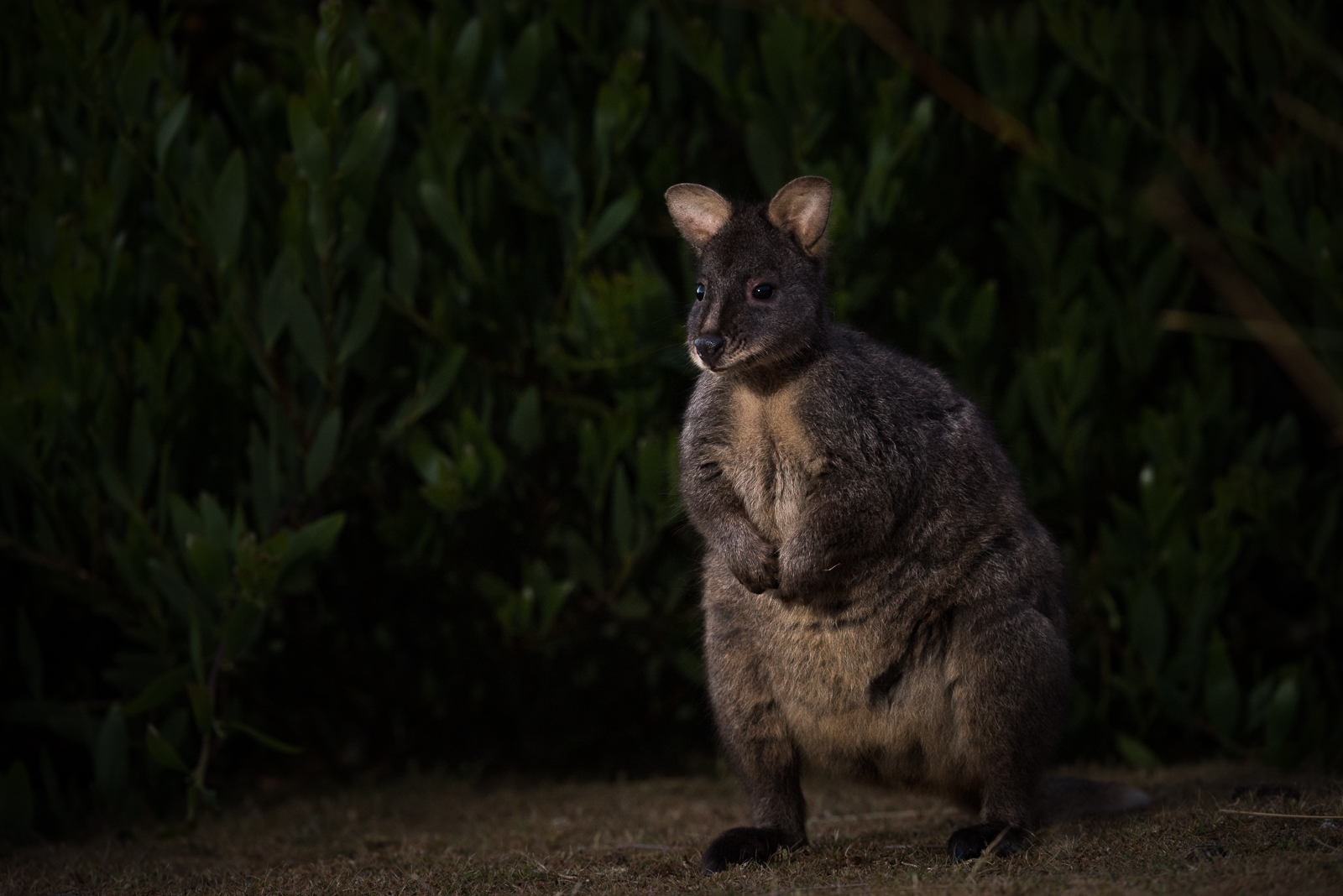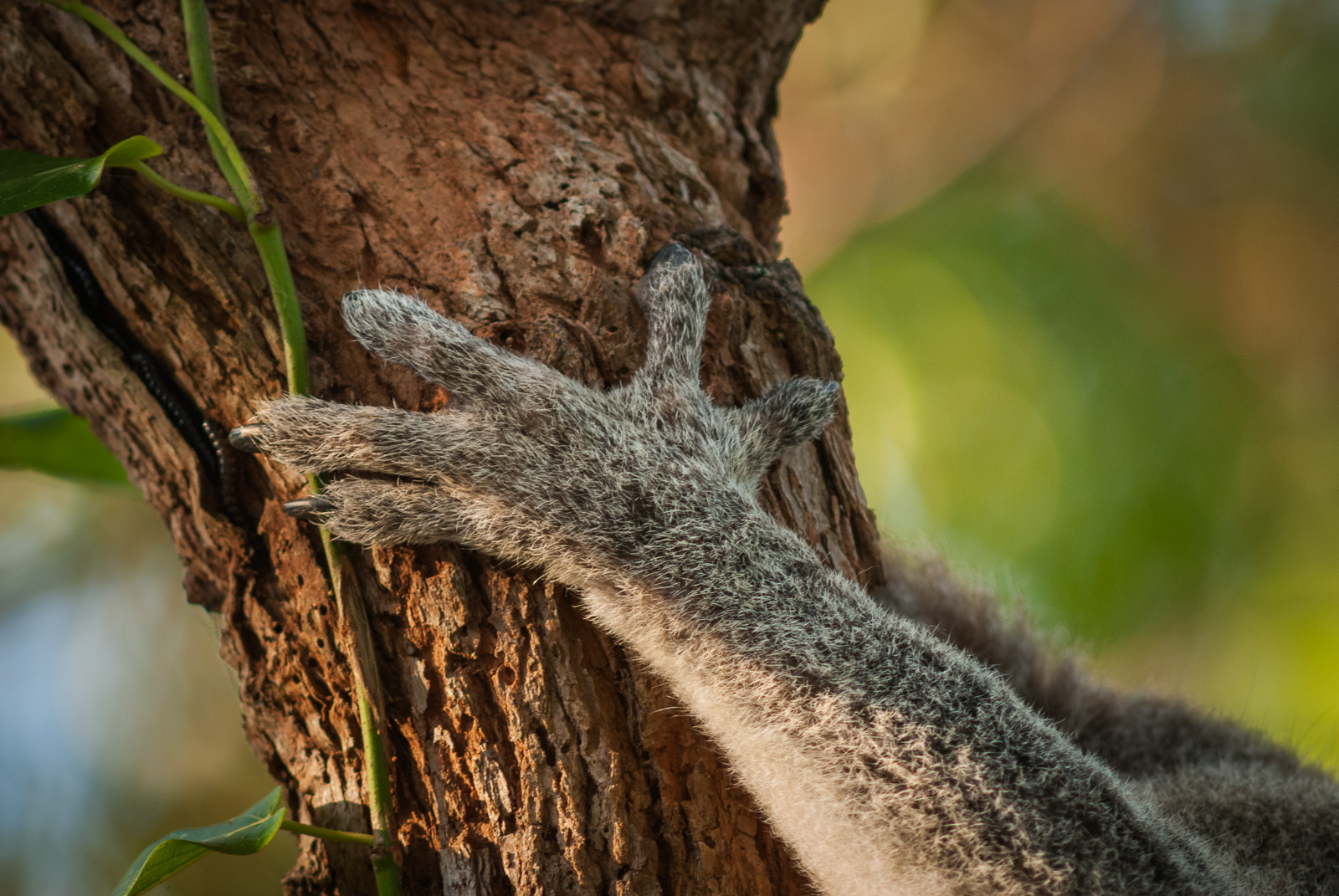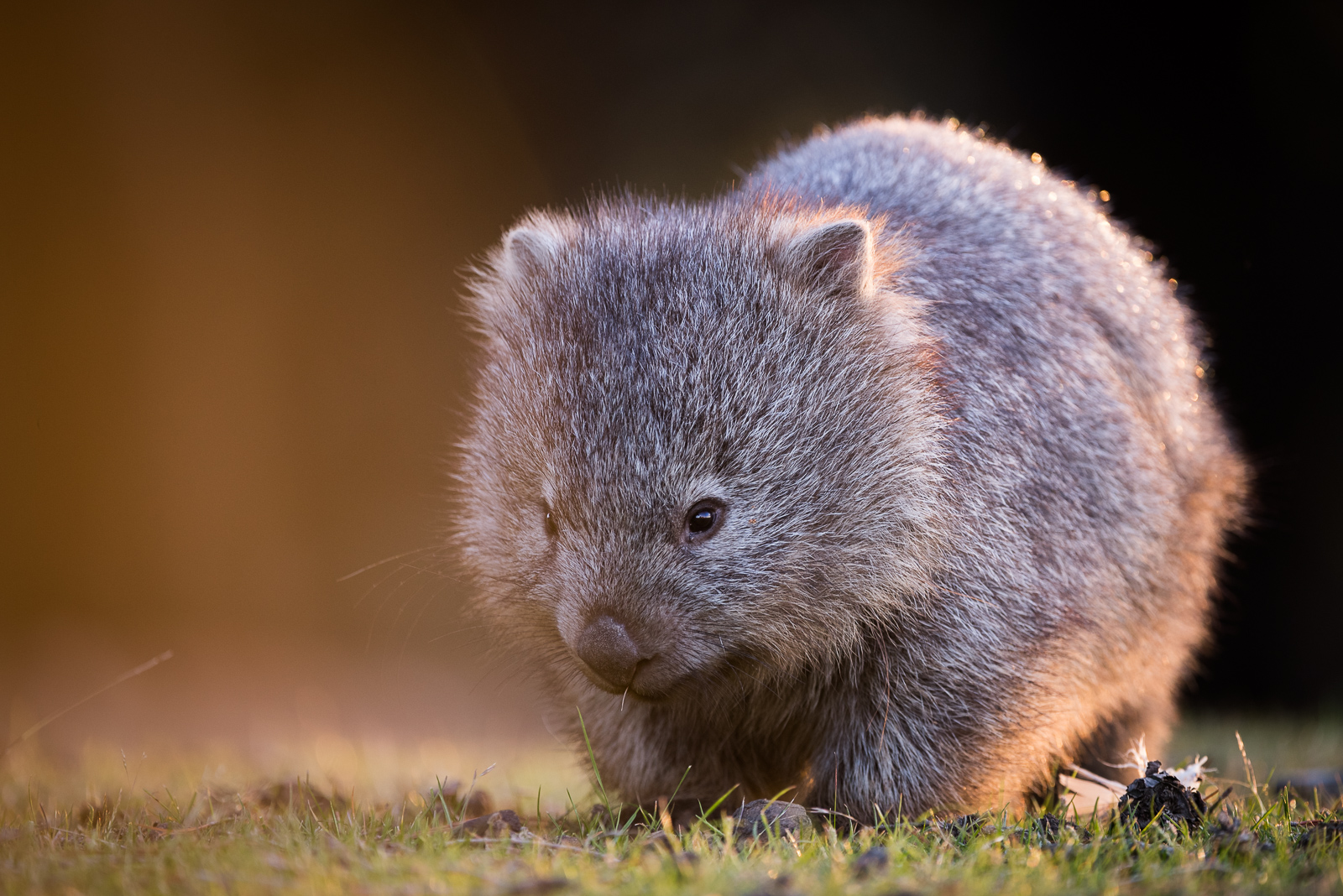Mothers and Their Babies From Around the World



 Always a bonus to capture wild mothers with their babies. Here are a few from around the globe:
Always a bonus to capture wild mothers with their babies. Here are a few from around the globe:
Lion mothers with their cubs, Botswana (Nikon D300 with Nikkor 200-400mm lens at 240mm, ISO 400, f/5.6 at 1/400th of a second).
Coastal brown bear and cubs, Alaska (Nikon D500 with Nikkor 200-400mm lens at 400mm, ISO 800, f/4 at 1/2000th of a second).
Hanuman langur mother with baby, India (Nikon D300 with Nikkor 200-400mm lens at 350mm, ISO 800, f/4 at 1/400th of a second).
And Bennett’s wallaby mom with her joey, Tasmania (Nikon D810 with Nikkor 200-400mm lens at 340mm, ISO 1600, f/4.5 at 1/1000th of a second).
Eastern Quoll
 Bonorong Wildlife Sanctuary is a rehabilitation center in Tasmania for orphaned and injured animals. During my visit, I was able to get some nice daytime pics of the usually nocturnal eastern quoll. Their cute appearance belies the fact they are a carnivorous marsupial in the same family as the Tasmanian devil. Nikon D810 with Nikkor 200-400mm lens (at 200mm) ISO 1600, f/4.5 at 1/400th of a second.
Bonorong Wildlife Sanctuary is a rehabilitation center in Tasmania for orphaned and injured animals. During my visit, I was able to get some nice daytime pics of the usually nocturnal eastern quoll. Their cute appearance belies the fact they are a carnivorous marsupial in the same family as the Tasmanian devil. Nikon D810 with Nikkor 200-400mm lens (at 200mm) ISO 1600, f/4.5 at 1/400th of a second.
Short-Beaked Echidna Foraging
 Even though they waddle along at their own pace, short-beaked echidnas can be hard to photograph because they rarely lift their snouts from the ground. This one seemed to have hit the mother load of ants somewhere inside that mossy patch. Photographed near Cradle Mountain National Park in Tasmania, Australia. Nikon D800 with Nikkor 17-35mm lens (at 35mm) ISO 800, f/4 at 1/1000th of a second.
Even though they waddle along at their own pace, short-beaked echidnas can be hard to photograph because they rarely lift their snouts from the ground. This one seemed to have hit the mother load of ants somewhere inside that mossy patch. Photographed near Cradle Mountain National Park in Tasmania, Australia. Nikon D800 with Nikkor 17-35mm lens (at 35mm) ISO 800, f/4 at 1/1000th of a second.
Eastern Rosella
 Eastern rosellas are another of Australia’s many spectacularly plumed birds. There are six species with many more subspecies of these colorful parrots. I actually spotted this one on the grounds of the airport in Tasmania’s capital city of Hobart, just as I was about to return my rental car and fly home. The low angle actually hides some of the color — there’s more green and red behind the blur of grass. Nikon D810 with Nikkor 200-400mm lens (at 400mm) ISO 400, f/4 at 1/400th of a second.
Eastern rosellas are another of Australia’s many spectacularly plumed birds. There are six species with many more subspecies of these colorful parrots. I actually spotted this one on the grounds of the airport in Tasmania’s capital city of Hobart, just as I was about to return my rental car and fly home. The low angle actually hides some of the color — there’s more green and red behind the blur of grass. Nikon D810 with Nikkor 200-400mm lens (at 400mm) ISO 400, f/4 at 1/400th of a second.
White Bennett’s Wallaby with Joey
 I’ve posted a few of these rare white wallabies before. Here’s another one carrying a joey. The white morph isn’t always passed on to the babies. In fact, more often than not, the joey is born without the genetic anomaly. Bruny Island off the coast of Tasmania is one of the best places to see white wallabies. Nikon D810 with Nikkor 200-400mm lens (at 350mm) ISO 1600, f/5.6 at 1/250th of a second.
I’ve posted a few of these rare white wallabies before. Here’s another one carrying a joey. The white morph isn’t always passed on to the babies. In fact, more often than not, the joey is born without the genetic anomaly. Bruny Island off the coast of Tasmania is one of the best places to see white wallabies. Nikon D810 with Nikkor 200-400mm lens (at 350mm) ISO 1600, f/5.6 at 1/250th of a second.
Tasmanian Pademelon
 I photographed this Tasmanian pademelon early in the morning before the sun had broken the horizon. I used a bit of flash to add to the faint light of dawn. Pademelons are one of the smallest macropods — the family of marsupials that kangaroos and wallabies also belong to. Photographed on Maria Island, just off the coast of Tasmania. Nikon D810 with Nikkor 200-400mm lens (at 260mm) ISO 800, f/8 at 1/160th of a second, Nikon SB-900 flash.
I photographed this Tasmanian pademelon early in the morning before the sun had broken the horizon. I used a bit of flash to add to the faint light of dawn. Pademelons are one of the smallest macropods — the family of marsupials that kangaroos and wallabies also belong to. Photographed on Maria Island, just off the coast of Tasmania. Nikon D810 with Nikkor 200-400mm lens (at 260mm) ISO 800, f/8 at 1/160th of a second, Nikon SB-900 flash.
Koala Paw
 Koalas have three fingers and two opposable thumbs on each of their two front paws. Both the fingers and thumbs have sharp pointed claws to assist in climbing, holding onto trees and gripping food. On the back paws, they have a grooming claw. Photographed at Hanson Bay on Kangaroo Island in South Australia. Nikon D200 with Nikkor 600mm f/5.6 manual focus lens, ISO 400, f/5.6 at 1/30th of a second.
Koalas have three fingers and two opposable thumbs on each of their two front paws. Both the fingers and thumbs have sharp pointed claws to assist in climbing, holding onto trees and gripping food. On the back paws, they have a grooming claw. Photographed at Hanson Bay on Kangaroo Island in South Australia. Nikon D200 with Nikkor 600mm f/5.6 manual focus lens, ISO 400, f/5.6 at 1/30th of a second.
Wombat
 Just a simple shot of a wombat doing what wombats do — eating grass. For the most part, wombats are pretty accommodating subjects, but sometimes you have to be patient to wait for them to lift their faces off the ground. Nikon D810 with Nikkor 200-400mm lens (at 350mm) ISO 800, f/4 at 1/125th of a second.
Just a simple shot of a wombat doing what wombats do — eating grass. For the most part, wombats are pretty accommodating subjects, but sometimes you have to be patient to wait for them to lift their faces off the ground. Nikon D810 with Nikkor 200-400mm lens (at 350mm) ISO 800, f/4 at 1/125th of a second.


